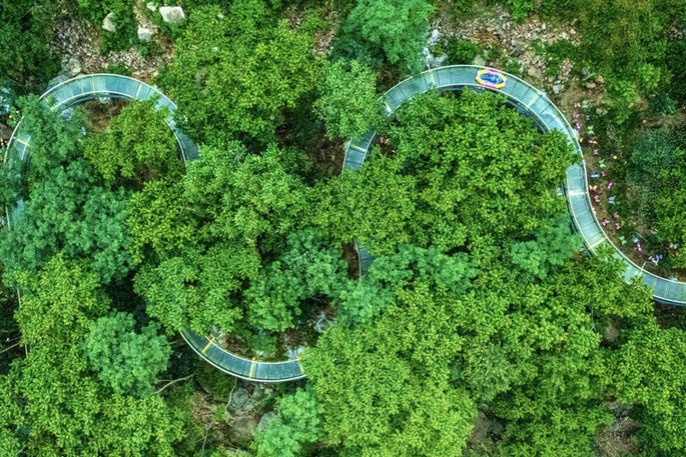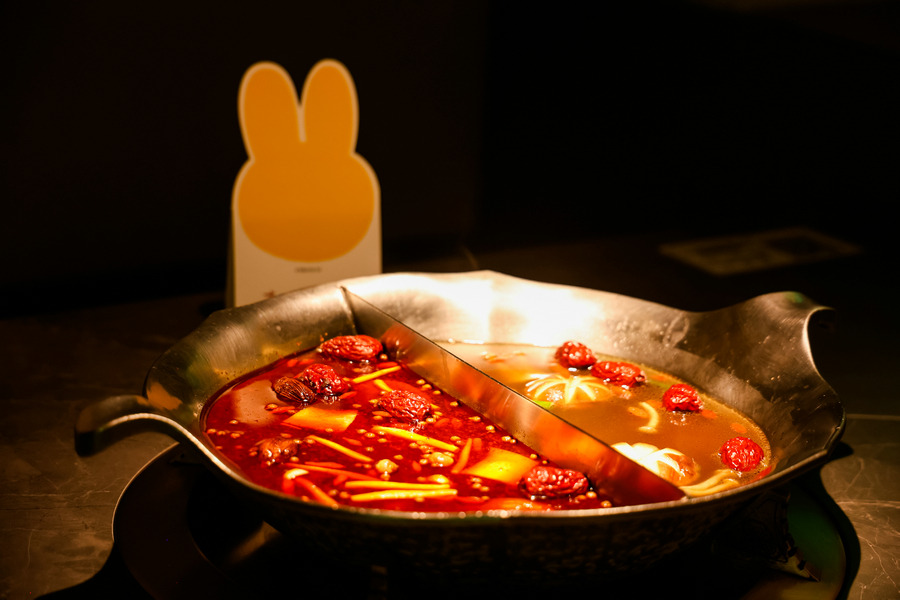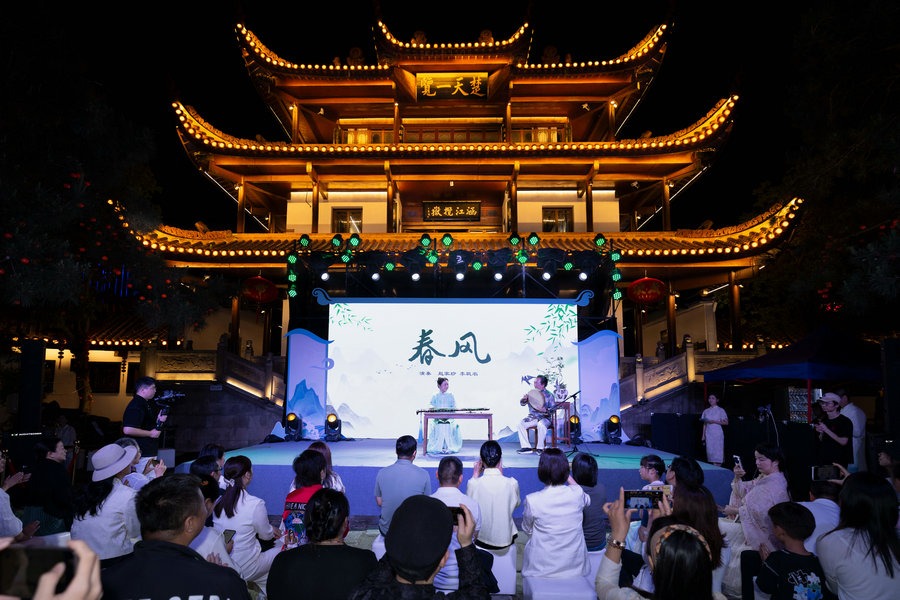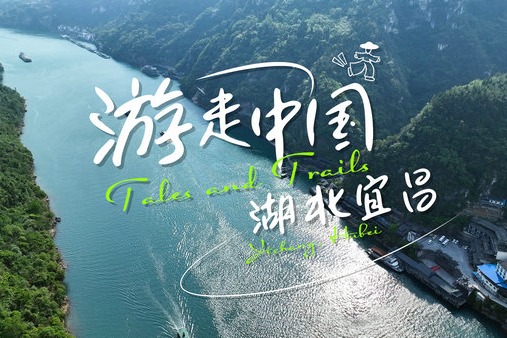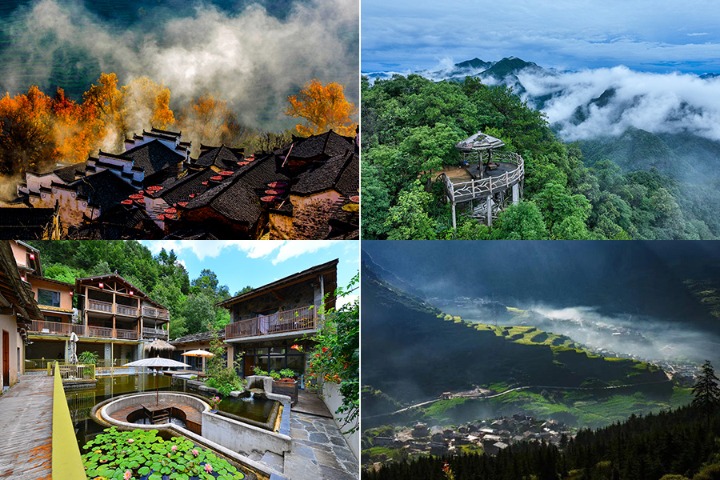Current fosters wave of creativity
Yangtze River has inspired poets and philosophers down the centuries, Xu Lin and Liu Kun report.

Although no large kiln sites existed near Yangzhou, ceramics from kilns across China have been unearthed here, proving that they were gathered in the city before being transshipped to other regions or directly exported overseas.
This year marks the 620th anniversary of the legendary voyages of Ming Dynasty (1368-1644) navigator Zheng He. Between 1405 and 1433, he commanded seven epic maritime expeditions, leading massive fleets to over 30 countries and regions across Southeast Asia, South Asia, West Asia and East Africa.
The fleets set out from Nanjing (now capital of Jiangsu province), sailed along the Yangtze River before entering the East China Sea, and then traveled to the South China Sea.
His primary shipbuilding base was also in Nanjing, where the Yangtze River's extensive waterway network ensured the efficient transportation of shipbuilding materials and trade goods to the city.
With a principle of friendly exchanges, he presented gifts of gold, silver, porcelain and silk to rulers of foreign lands, promoted agriculture and shipbuilding techniques, and brought back to China spices, medicinal materials and exotic animals.
A pre-Qin period (before 221 BC) classic claimed that Minjiang River was the source of the Yangtze River, a geographical dogma regarded as unchallenged truth thereafter.
















